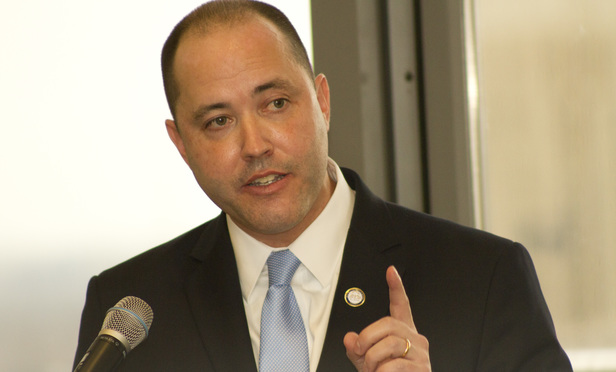
We take an educated “NeverChrisCarr view.
Nine Republican states have filed in federal court to shut down the illegal DACA program – GA not participating (Here)
Twenty GOP states are challenging Biden’s illegal border parole hustle in a Texas federal court – GA is not one of them (Here)
25 GOP-Led States Ask SCOTUS to Restore Prohibition on Encouraging Illegal Immigration – GA Stands Back, Again (Here)














